Railroad Railway cars
Cars that you can drive on the railroad track.
Regular passenger vehicles were used on rail road tracks.
The Union required an engineer to drive the inspection cars on and off the rails, and a conductor and a flagman were also needed
to operate these special built cars.
A new track motor inspection car (below right) has been designed for the company's Ontario district to take the place
of the former car used on the district (below right), a modified 1929 Packard. The new car, a completely remodelled 1939 Buick,
appears in this picture as being almost the same as any other 1939 Buick. But it isn't! In the first place the old drive was
removed and a Ford truck rear axle replaced it.
In addion an entirely new suspension was installed. While no "hot-rod," the railroad car will do an honest 72 miles per hour on the
rails - that is it will if anyone wants to drive it that fast. The brake is still situated on the floor where you'd expect
it to be, but it now controls an air compressor system for stopping the car.
The steering wheel is the emergency or parking brake. To set it, just give it a good twist in an anti-clockwise direction.
For safety purposes an air horn and diesel locomotive bell were installed, but you can still sound the regular auto horn if you want.
All the standard running lights were applied to the car as well. In addition, tool boxes were fixed to the car, new
instruments installed, flagging kits mounted on the rear fenders, a portable turn-table fixed onto the underside of
the car, and the rear trunk outfitted with brackets to hold signal lanterns and a portable telephone set.
Complete, the car without passengers weighs a little over four tons.
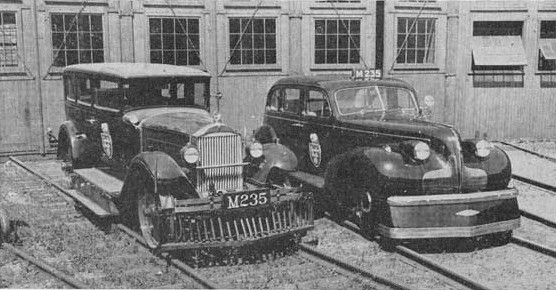
Here are pictures of more railway railroad cars we hope you will enjoy:

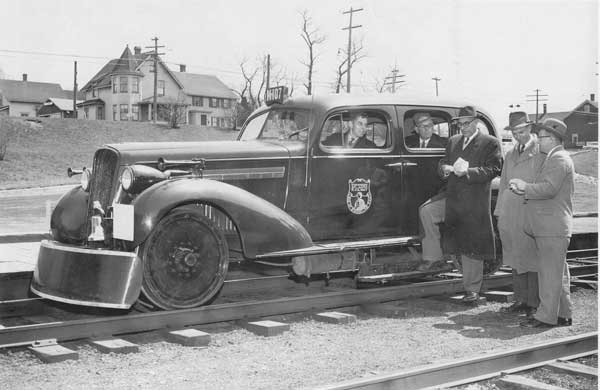
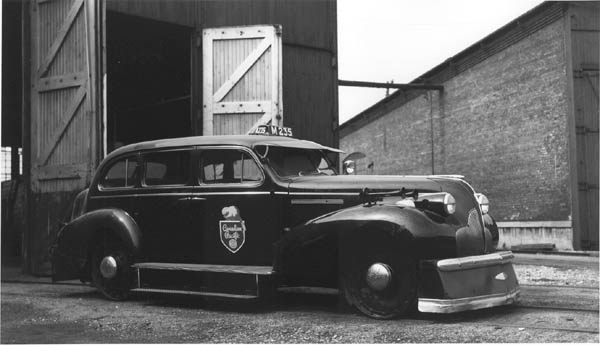
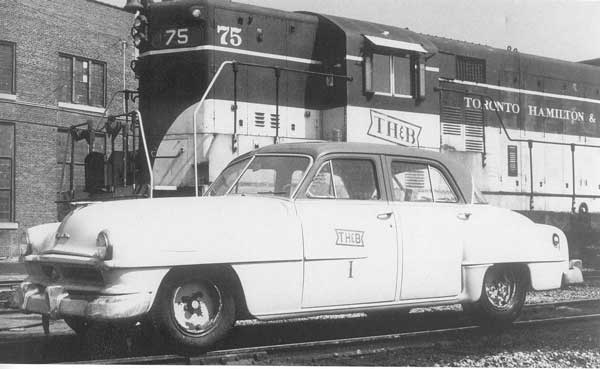
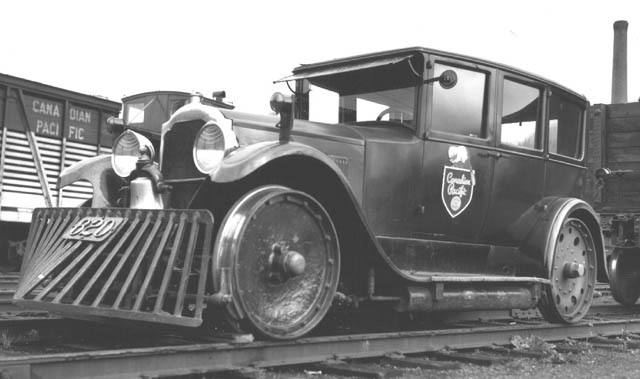
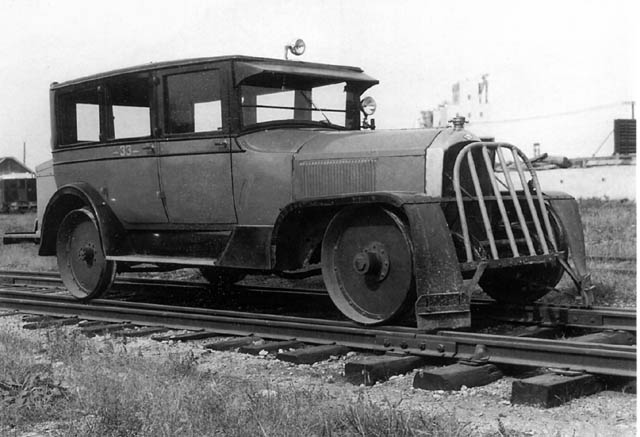
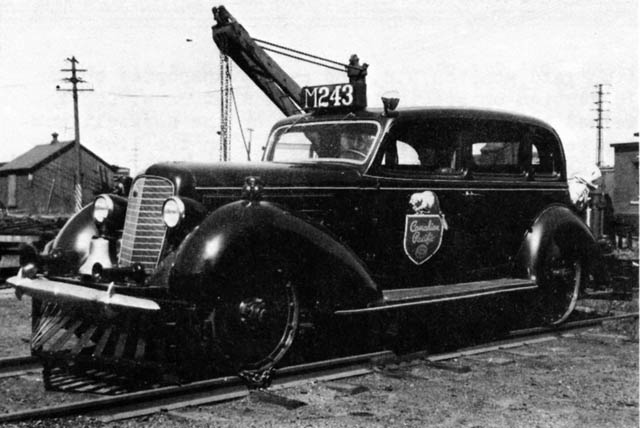
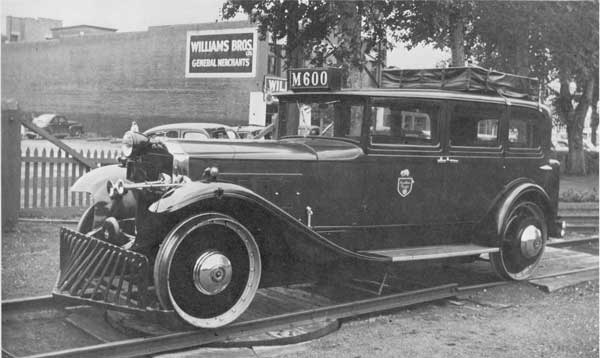

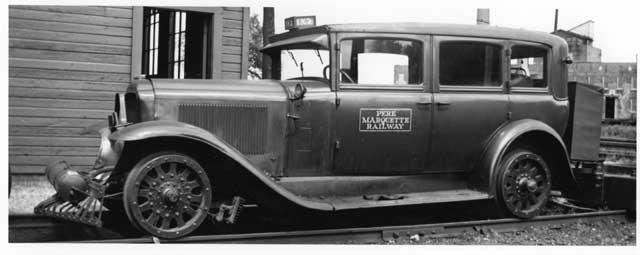
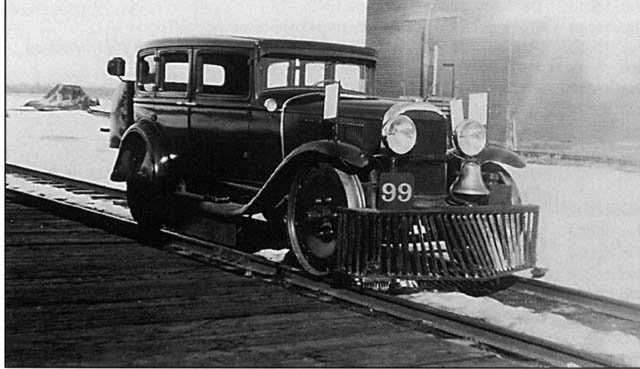
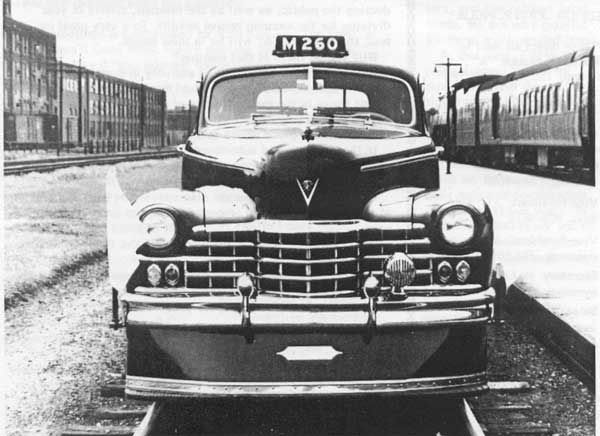
|
|
|
|
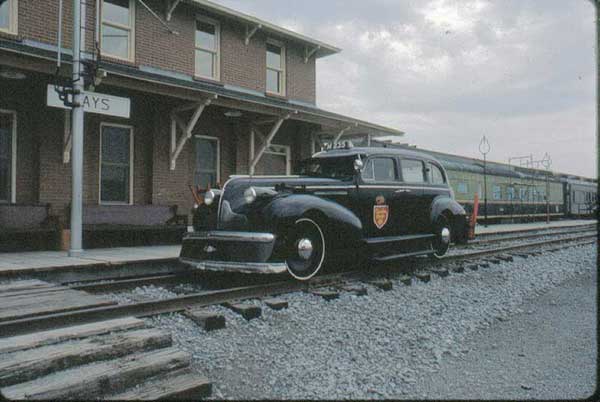
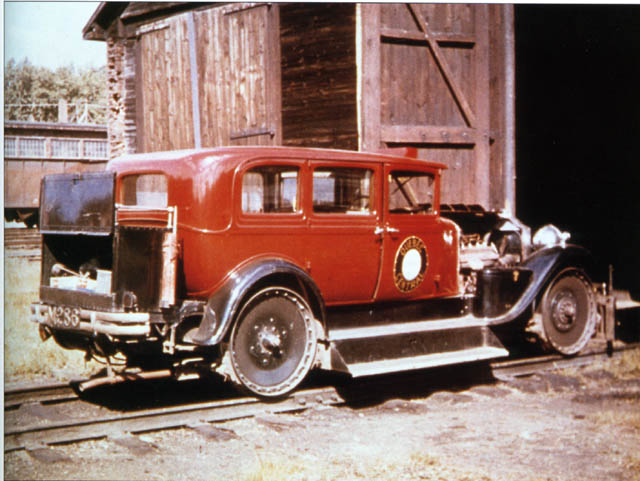
<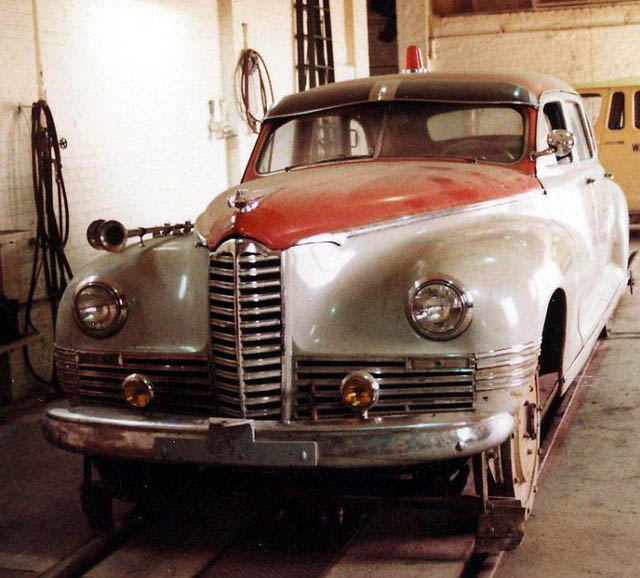
<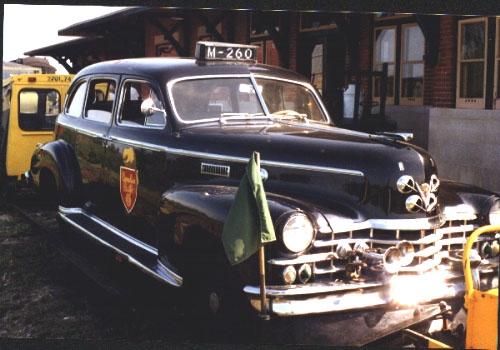
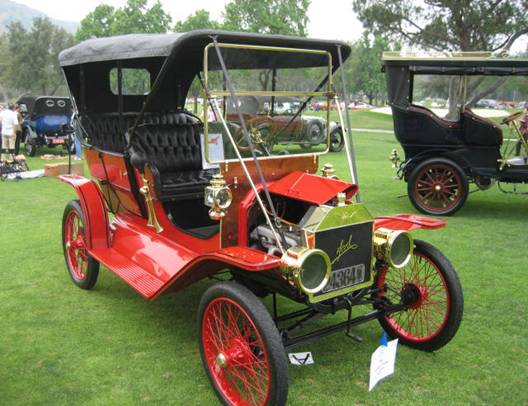
The Year 1910
Here are some statistics for the Year 1910. What a difference a century makes!
|
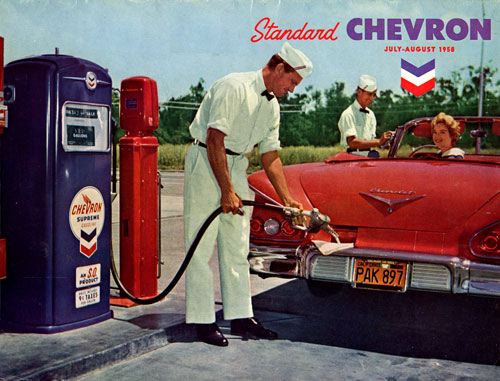
Remember When?
You got your windshield cleaned, oil checked, and gas pumped, without asking, all for free, every time?
|
The information and pictures on this page was forwarded to us via e-mail. We have no idea if the information is correct.
Read something else
interesting!
|
|